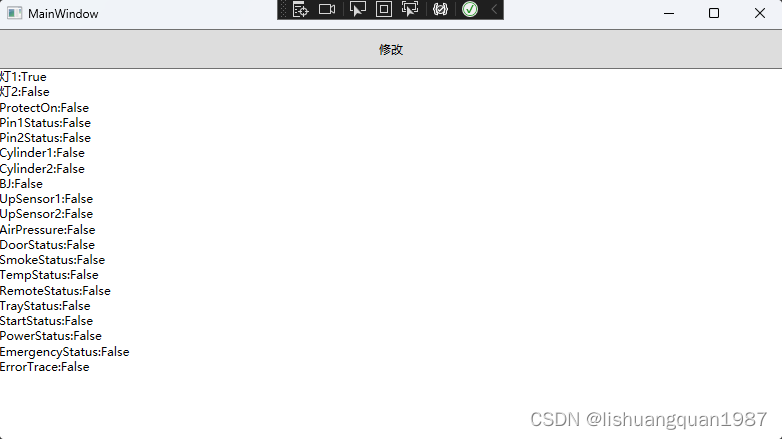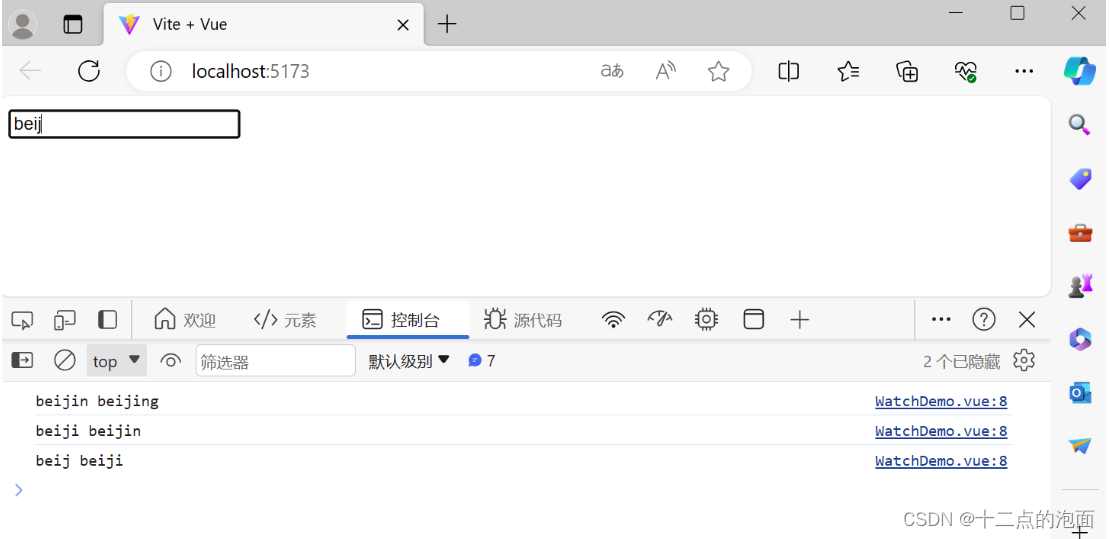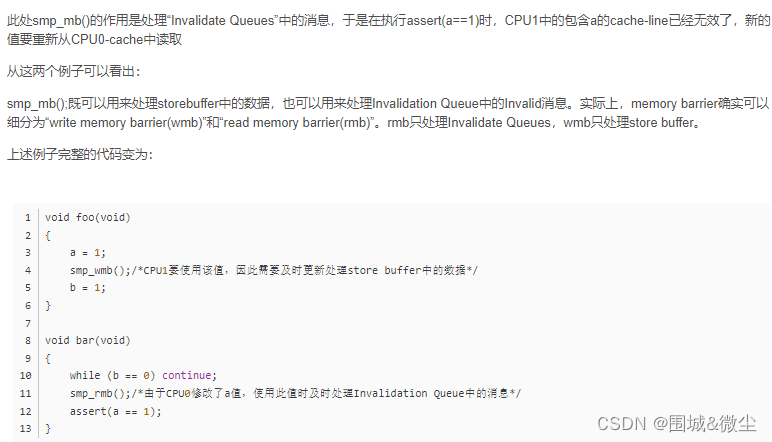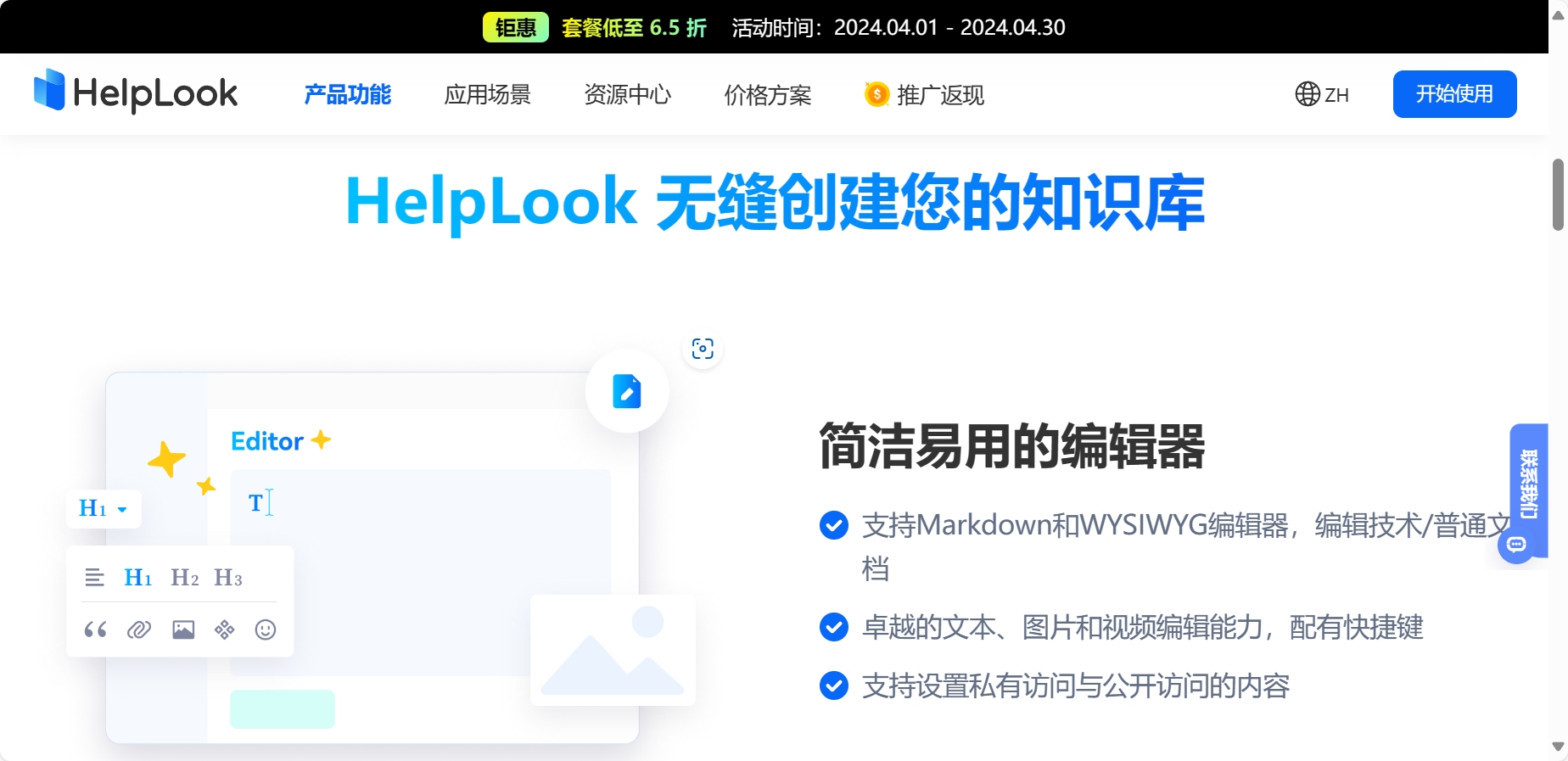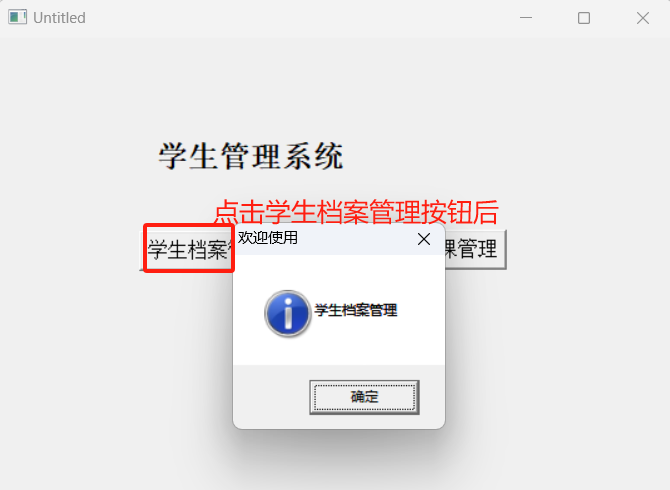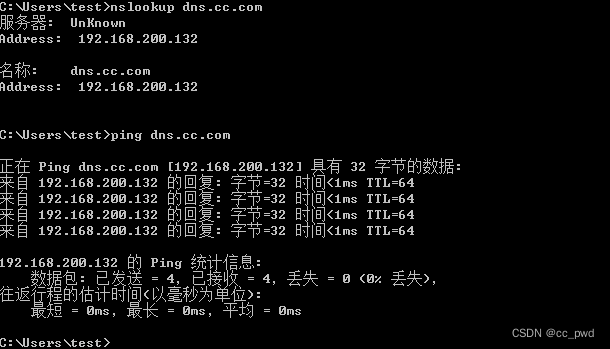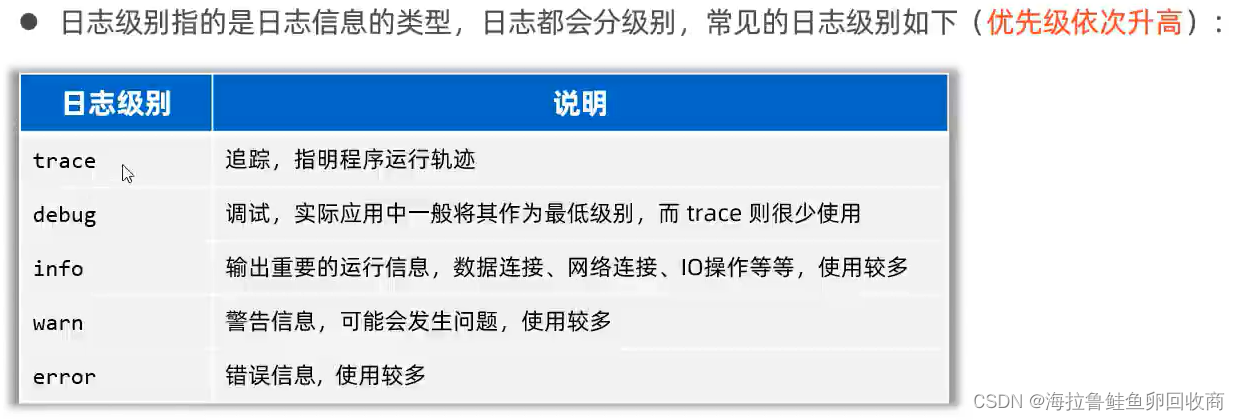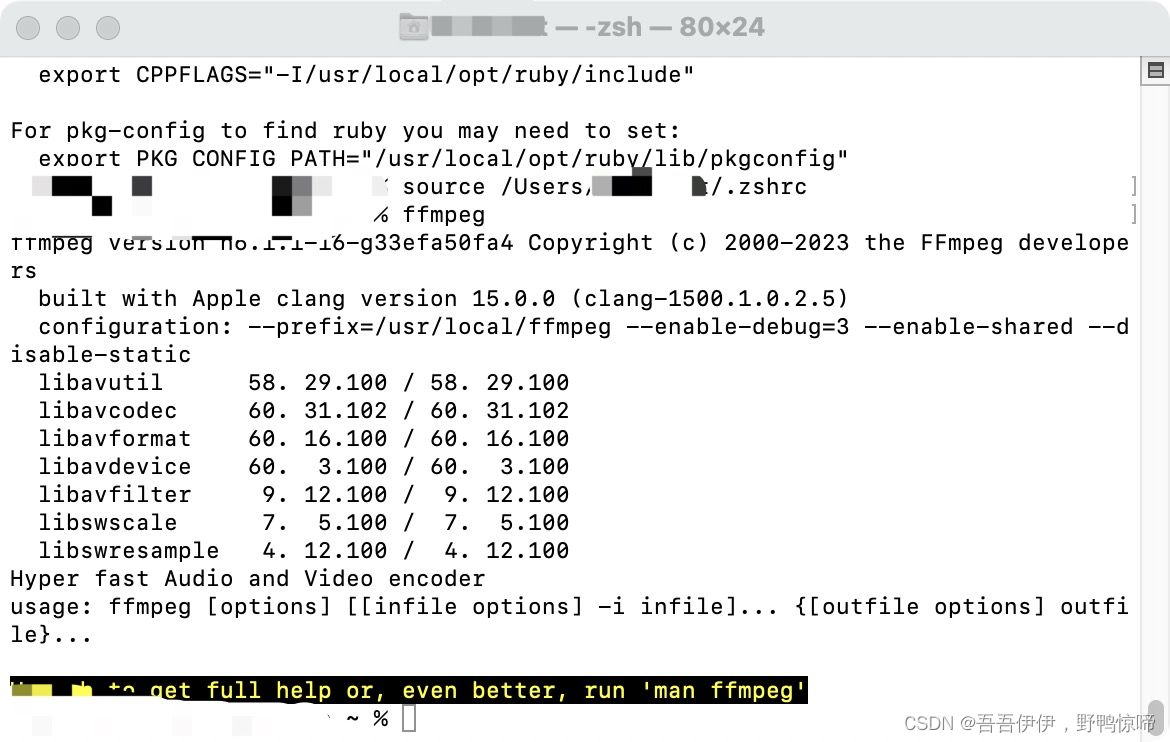websocket
Websocket是HTML5的一个持久化的协议,它实现了浏览器与服务器的全双工通信,同时也是跨域的一种解决方案。WebSocket和HTTP都是应用层协议,都基于 TCP 协议。但是 WebSocket 是一种双向通信协议,在建立连接之后,WebSocket 的 server 与 client 都能主动向对方发送或接收数据。同时,WebSocket 在建立连接时需要借助 HTTP 协议,连接建立好了之后 client 与 server 之间的双向通信就与 HTTP 无关了。
原生WebSocket API使用起来不太方便,我们使用Socket.io,它很好地封装了webSocket接口,提供了更简单、灵活的接口,也对不支持webSocket的浏览器提供了向下兼容。
我们先来看个例子:本地文件socket.html向localhost:3000发生数据和接受数据
// socket.html
<script>
let socket = new WebSocket('ws://localhost:3000');
socket.onopen = function () {
socket.send('我爱你');//向服务器发送数据
}
socket.onmessage = function (e) {
console.log(e.data);//接收服务器返回的数据
}
</script>
// server.js
let express = require('express');
let app = express();
let WebSocket = require('ws');//记得安装ws
let wss = new WebSocket.Server({port:3000});
wss.on('connection',function(ws) {
ws.on('message', function (data) {
console.log(data);
ws.send('我不爱你')
});
})
Node中间件代理(两次跨域)
实现原理:同源策略是浏览器需要遵循的标准,而如果是服务器向服务器请求就无需遵循同源策略。
代理服务器,需要做以下几个步骤:
接受客户端请求 。
将请求 转发给服务器。
拿到服务器 响应 数据。
将 响应 转发给客户端。
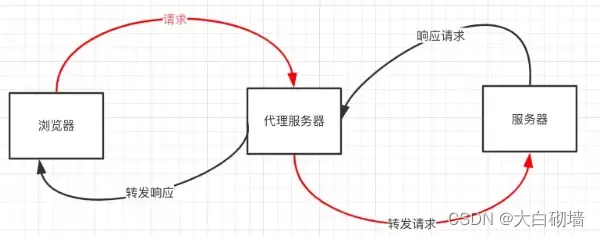 我们先来看个例子:本地文件index.html文件,通过代理服务器http://localhost:3000向目标服务器http://localhost:4000请求数据。
我们先来看个例子:本地文件index.html文件,通过代理服务器http://localhost:3000向目标服务器http://localhost:4000请求数据。
// index.html(http://127.0.0.1:5500)
<script>
$.ajax({
url: 'http://localhost:3000',
type: 'post',
data: { name: 'xiamen', password: '123456' },
contentType: 'application/json;charset=utf-8',
success: function(result) {
console.log(result) // {"title":"fontend","password":"123456"}
},
error: function(msg) {
console.log(msg)
}
})
</script>
// server1.js 代理服务器(http://localhost:3000)
const http = require('http')
// 第一步:接受客户端请求
const server = http.createServer((request, response) => {
// 代理服务器,直接和浏览器直接交互,需要设置CORS 的首部字段
response.writeHead(200, {
'Access-Control-Allow-Origin': '*',
'Access-Control-Allow-Methods': '*',
'Access-Control-Allow-Headers': 'Content-Type'
})
// 第二步:将请求转发给服务器
const proxyRequest = http
.request(
{
host: '127.0.0.1',
port: 4000,
url: '/',
method: request.method,
headers: request.headers
},
serverResponse => {
// 第三步:收到服务器的响应
var body = ''
serverResponse.on('data', chunk => {
body += chunk
})
serverResponse.on('end', () => {
console.log('The data is ' + body)
// 第四步:将响应结果转发给浏览器
response.end(body)
})
}
)
.end()
})
server.listen(3000, () => {
console.log('The proxyServer is running at http://localhost:3000')
})
// server2.js(http://localhost:4000)
const http = require('http')
const data = { title: 'fontend', password: '123456' }
const server = http.createServer((request, response) => {
if (request.url === '/') {
response.end(JSON.stringify(data))
}
})
server.listen(4000, () => {
console.log('The server is running at http://localhost:4000')
})
上述代码经过两次跨域,值得注意的是浏览器向代理服务器发送请求,也遵循同源策略,最后在index.html文件打印出{“title”:“fontend”,“password”:“123456”}

